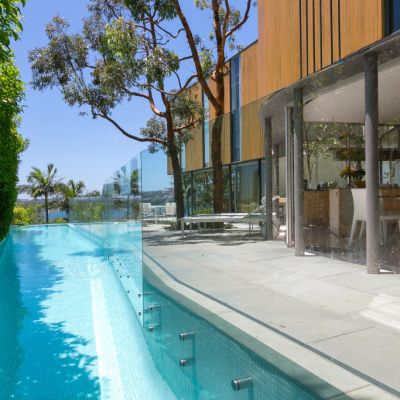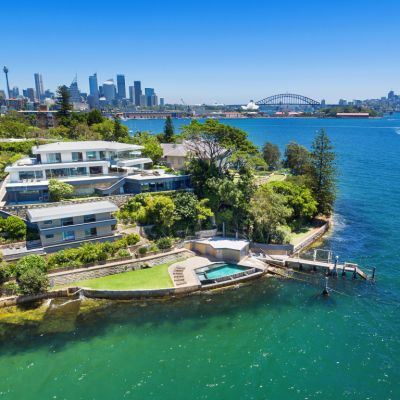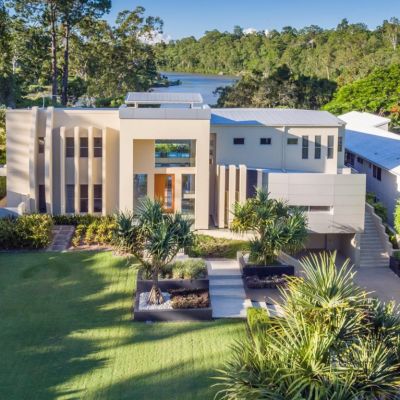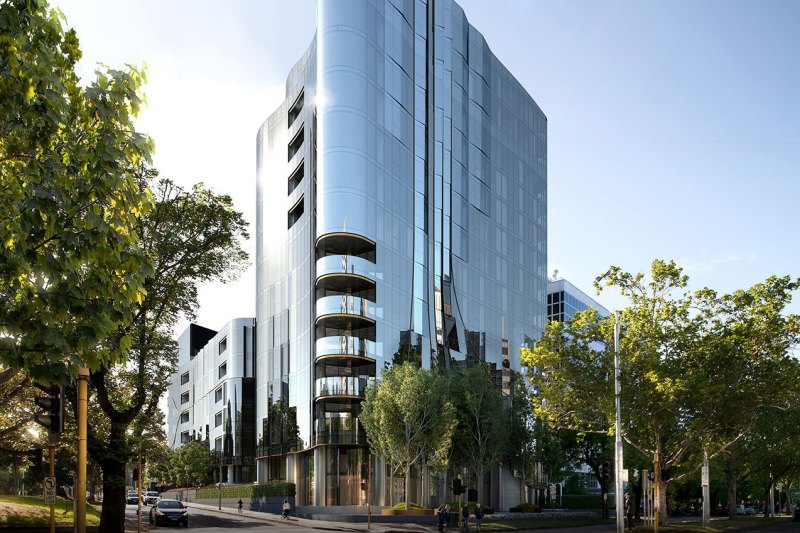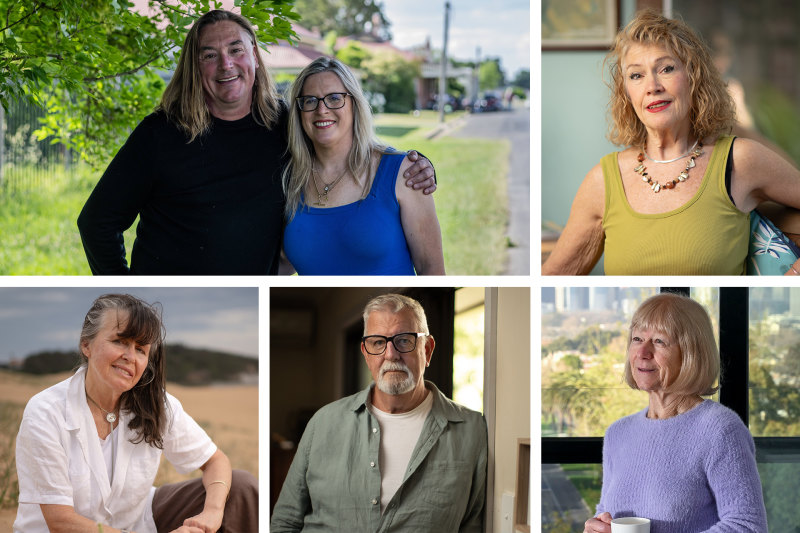'We’re seeing a whole shift': Why sustainability is the new must-have for prestige buyers
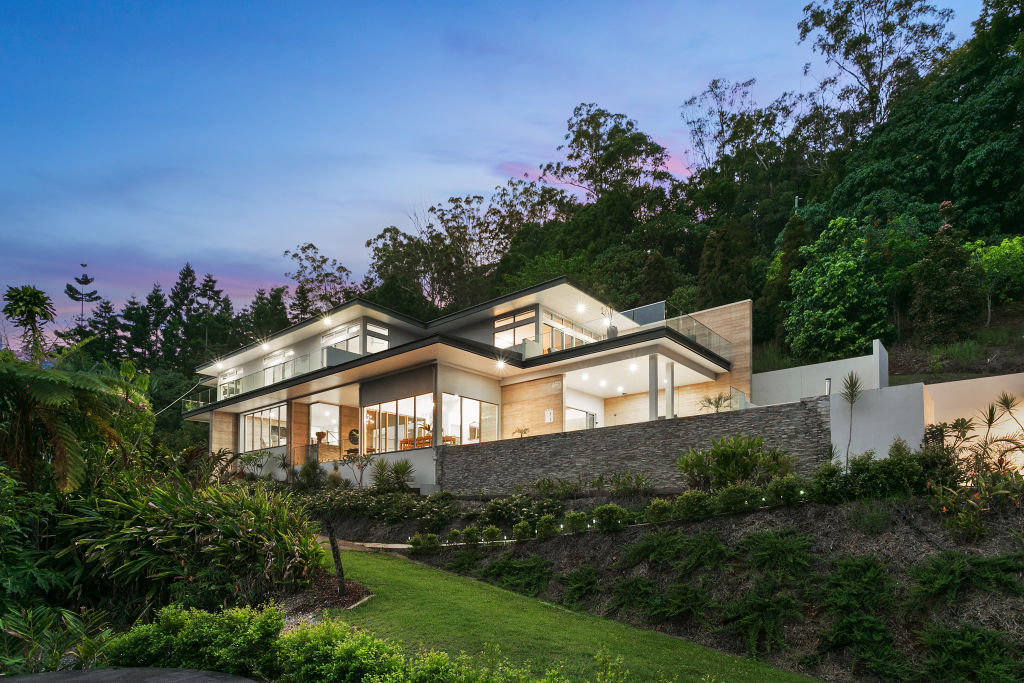
Sustainability has moved from niche appeal into the mainstream prestige market, according to a growing number of architects and agents.
It may come in the form of a request for something as minor as high-quality insulation and ways of catching rainwater run-off. It’s now commonplace, however, for high-end homes to also include solar-heated water systems coupled with the technology to maximise savings.
“Ten years ago, they often liked the idea of making their houses sustainable but when it came to the commercial cost, it was the first thing to be pulled out,” says Simon Addinall, director of Those Architects.
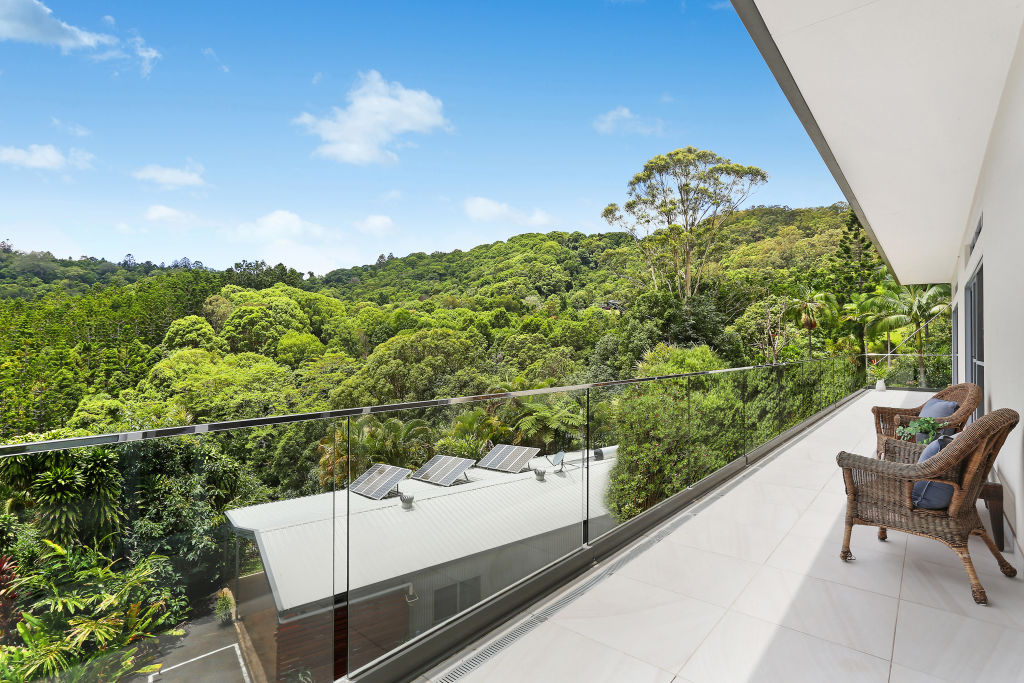
“But now we’re seeing a whole shift in people’s thinking, probably stemming from overarching concern about the environment, which is echoing all the way through to the design of houses. It existed before for those with smaller homes, but now it’s hit the high-end market for sure,” he says.
Shaun Carter, principal architect of Carter Williamson Architects, says he’s now seeing an extraordinarily high level of demand for solar panels and battery storage systems from prestige clients.
“Before, it used to be an exclusive niche market but now it’s becoming almost commonplace,” Carter says.
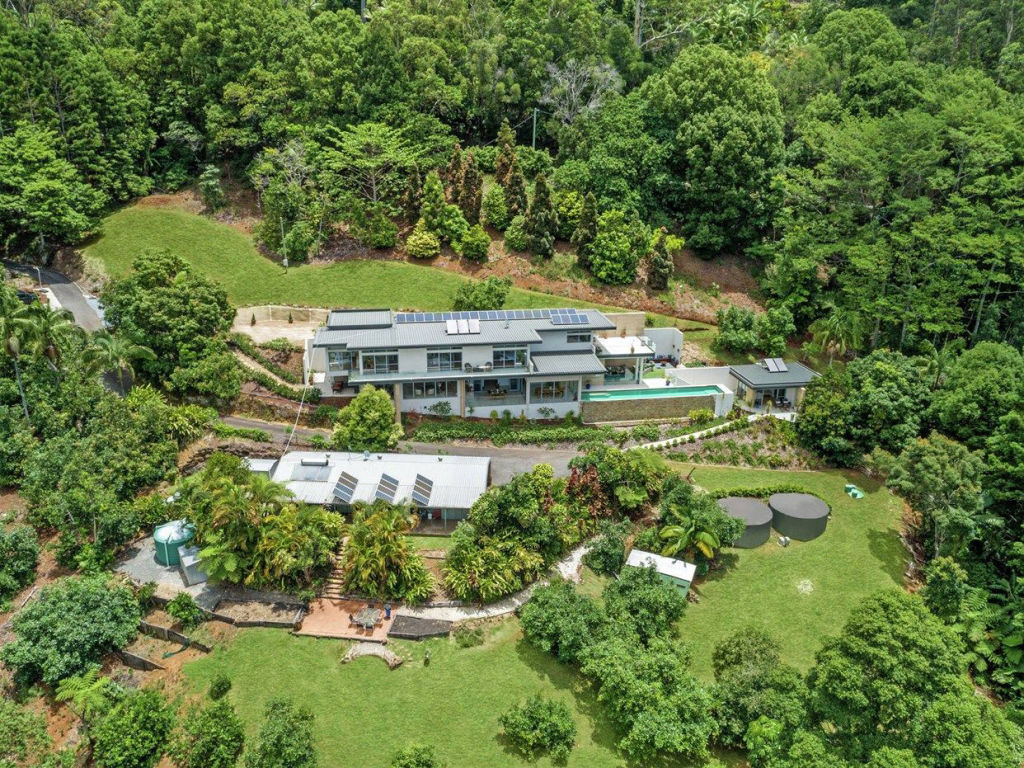
“I would say that, broadly, society has accepted climate change and its human-introduced effects and people are willing to do something to make themselves feel good and they know it makes economic sense too, especially when it comes to selling the property. Future-proofing can really help the value of a property.”
With demand soaring for solar heating, battery storage systems and water tanks, there’s also a growing interest in that high-end market for going further, believes Carter. Often they’re now also investigating composting, grey water recycling and treating black water.
In Melbourne, first priorities, however, are still usually heat and cool-air retention with quality double-glazing everywhere, and better insulation, says Jeremy Fox, director of RT Edgar. “We’re also seeing people upgrading their hot-water systems with solar, and putting in good-looking LED lights because they’re becoming savvier and see how much better off they’ll be in the long term.”
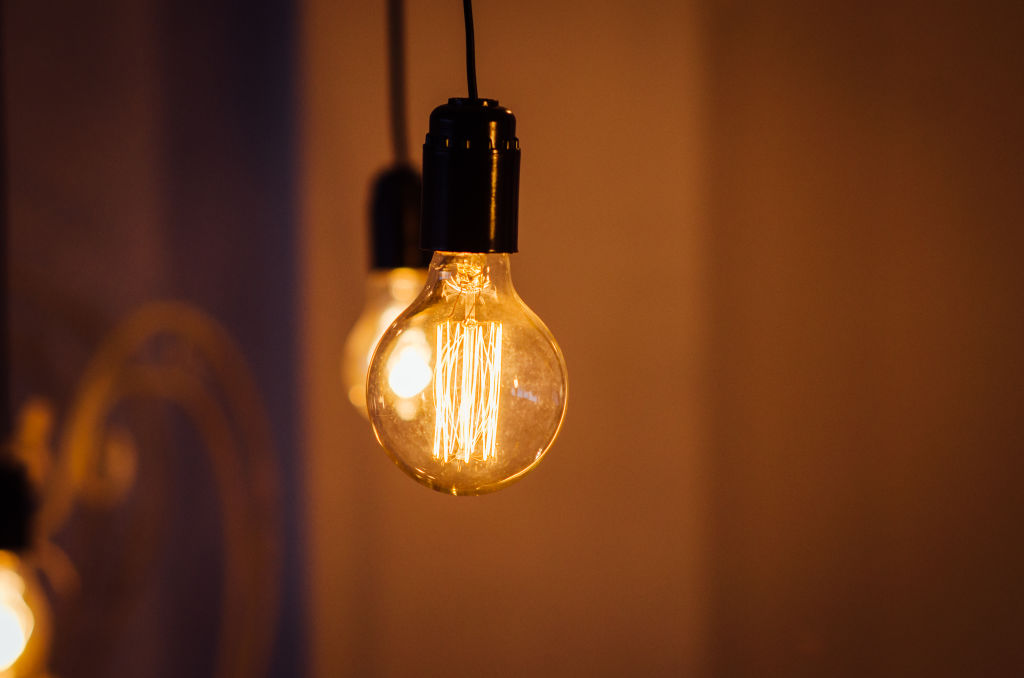
At the top end of the Sydney market, it’s becoming much less about cost-savings and much more about the notion of being more environmentally responsible.
“Multimillion-dollar buyers do feel a greener house is a good idea,” says Alain Waitsman, associate director of LJ Hooker Double Bay.
“For them, it’s not about saving money. It’s more that they enjoy the novelty of it and it’s about adding something and feeling that they’re doing the right thing by the environment and the future of their family.
“They’re enjoying contributing.”
Three green homes at our top end
Currumbin Valley

This four-level house in the Gold Coast Hinterland has environmentally-friendly rammed-earth walls that act as thermal heating, solar power, and three huge water tanks.
“Because of the orientation of the property, you don’t really need air-conditioning,” says McGrath Palm Beach agent Robert Snowden. “A lot of people are now looking at this way of life.”
Located on four hectares of pine forest and orchards, the home – which goes to auction on February 9 – has low running costs and is a short drive to the beach.
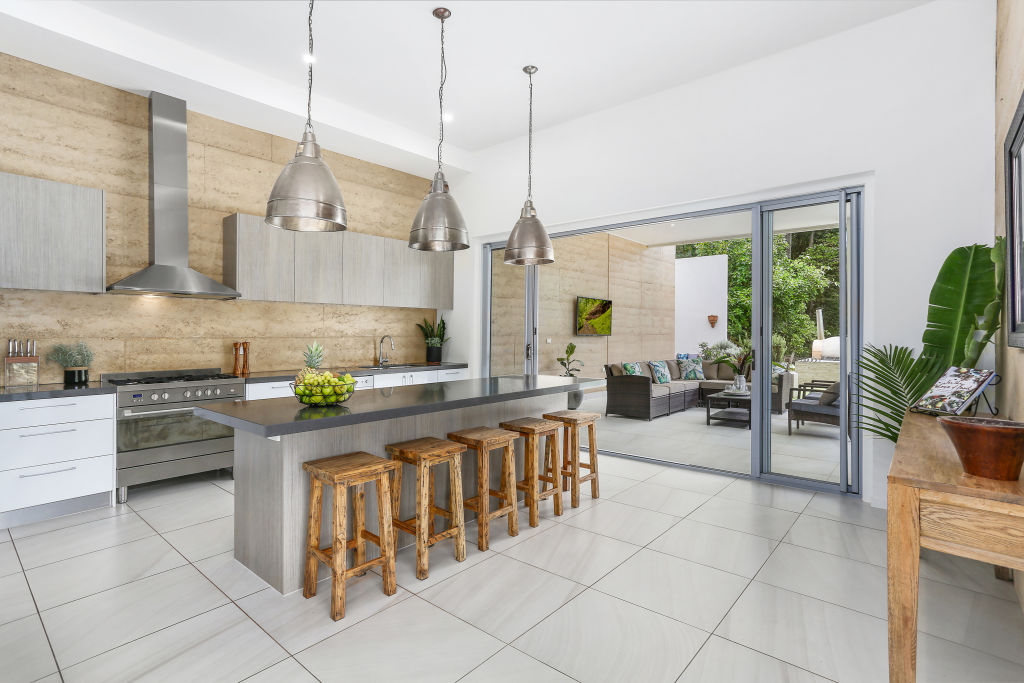
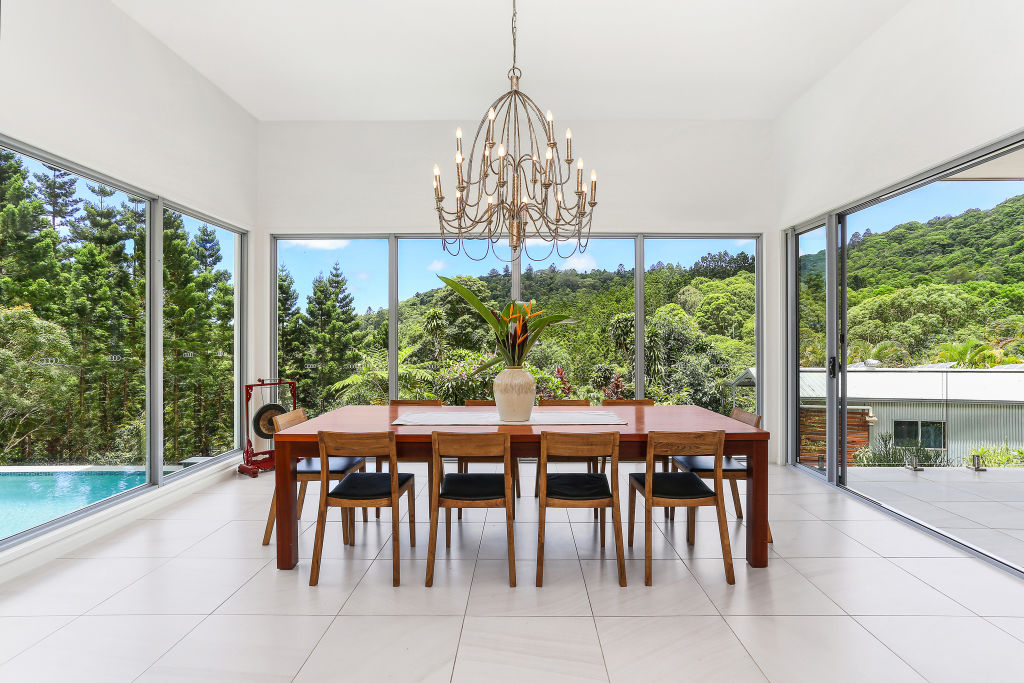
Waverley
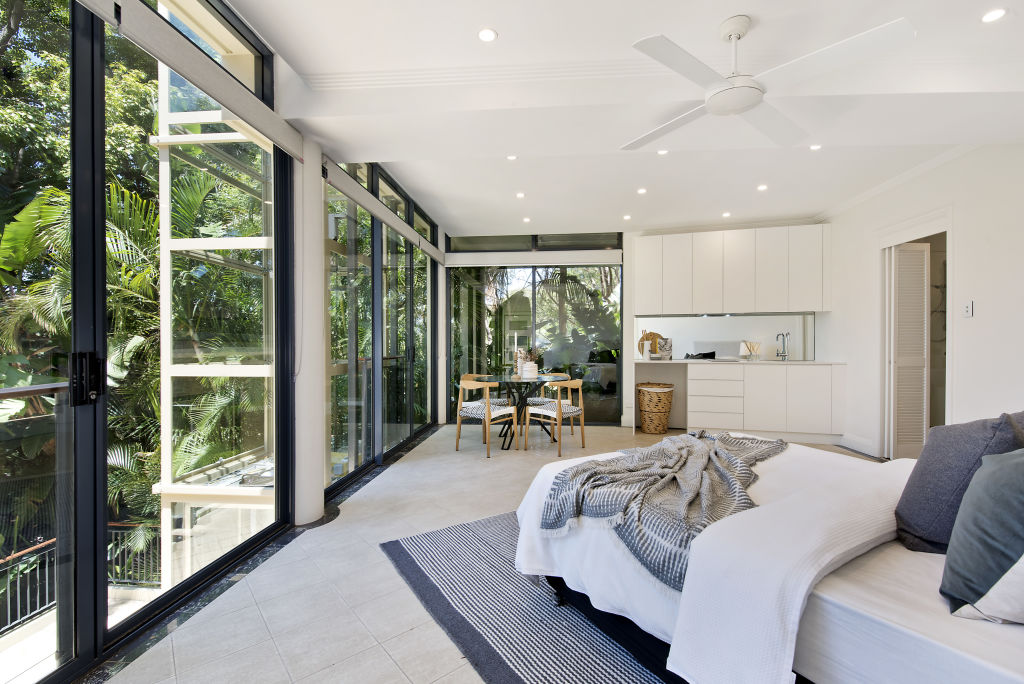
This stylish residence near Bronte Beach puts an environmentally-conscious spin on resort-style design.
With a 10,000 litre rainwater tank and automatic irrigation, the tropical three-level property is not just a pretty face.
The house currently has a price guide of $4.5 million, and is headed for a February 23 auction. Alexander Phillips of Phillips Pantzer Donnelley, and Jason Boon of Richardson & Wrench, are the lead co-agents.
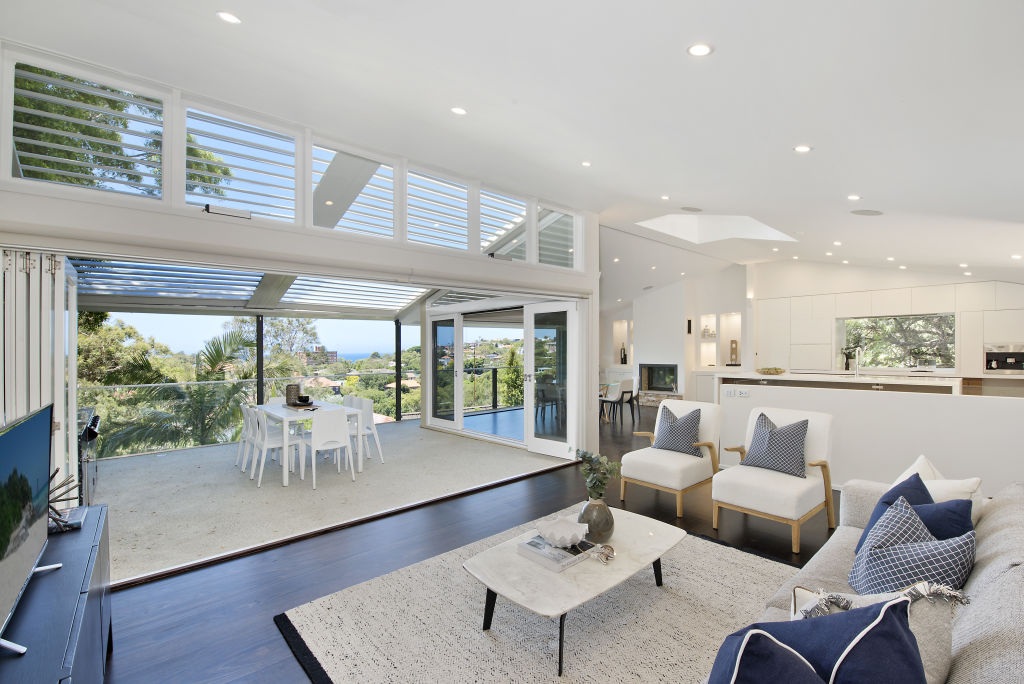
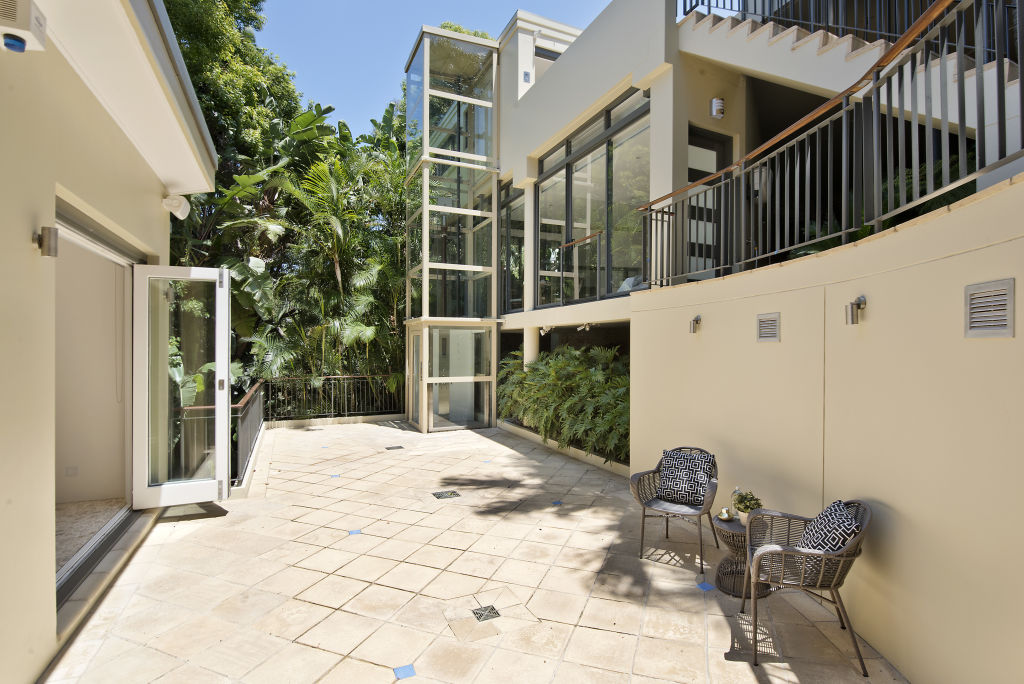
Flinders
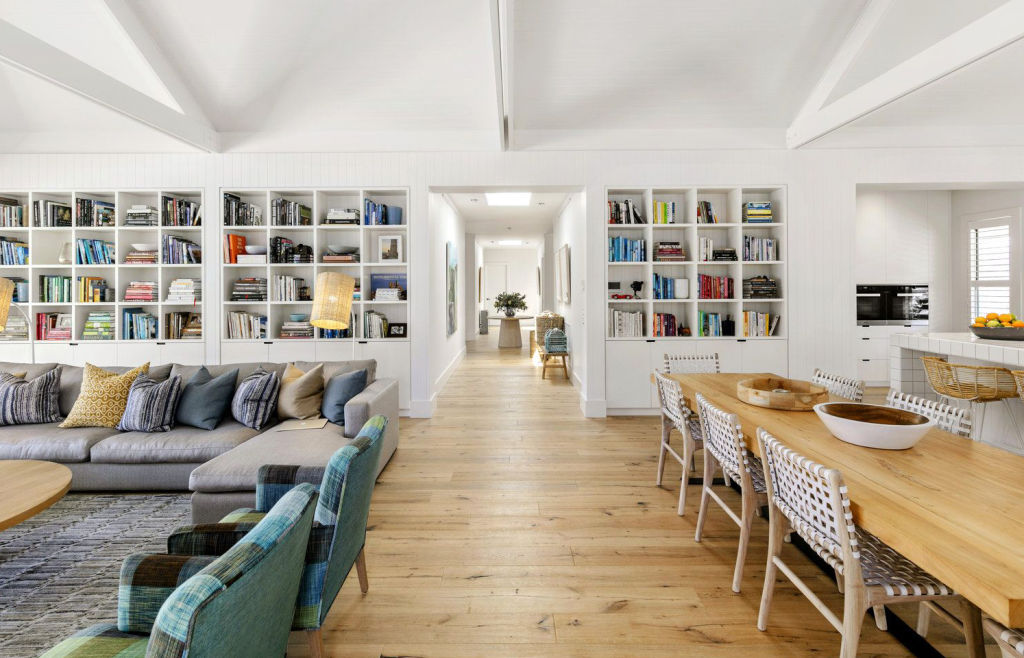
The solar-heated swimming pool at this coastal entertainer will keep you in the water long after summer draws to a close.
Also equip with raintank irrigation, the home’s wraparound verandas are a fine spot to appreciate the surrounding grounds dotted with fruit trees and thriving vegetable beds.
Expect to pay between $3.6 million and $3.9 million through Lloyd Robinson of One Agency Peninsula.
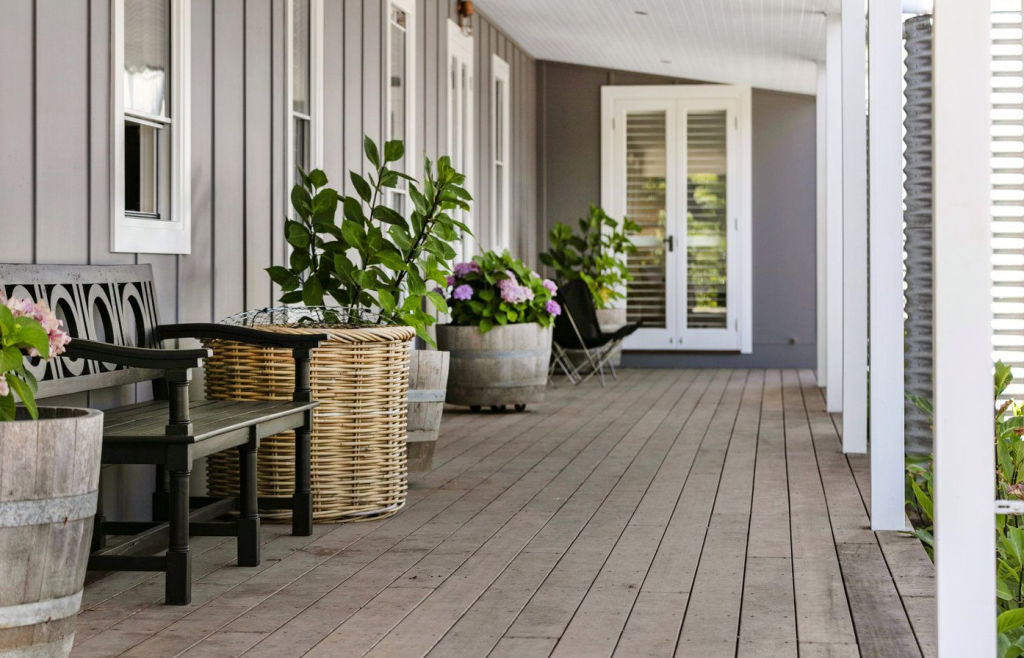
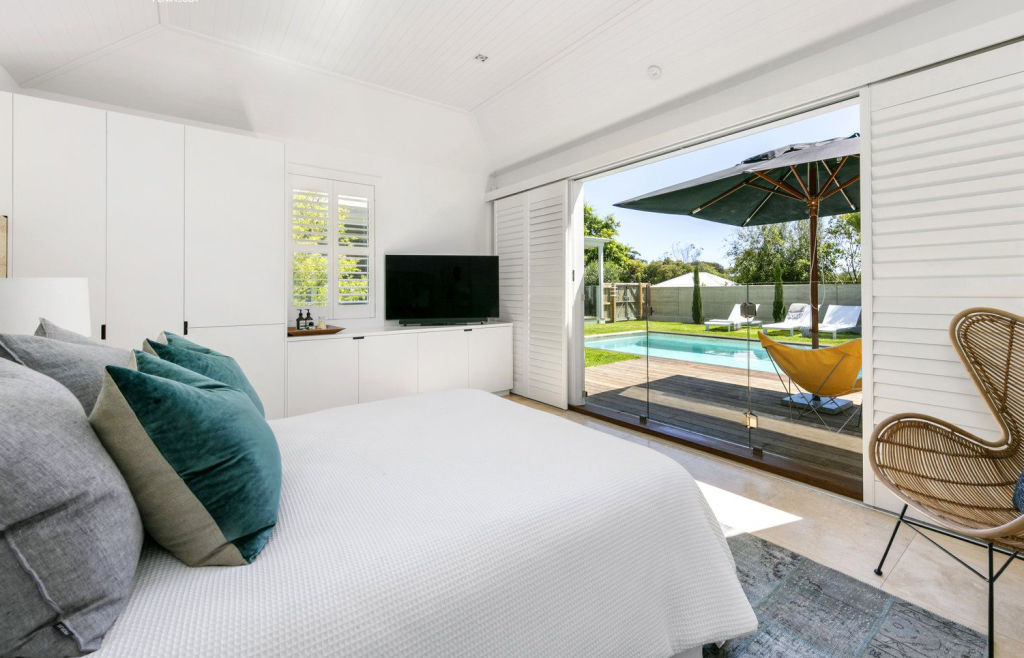
We recommend
We thought you might like
States
Capital Cities
Capital Cities - Rentals
Popular Areas
Allhomes
More
